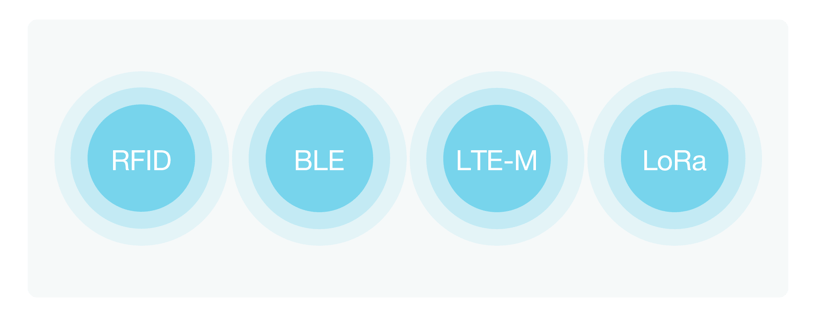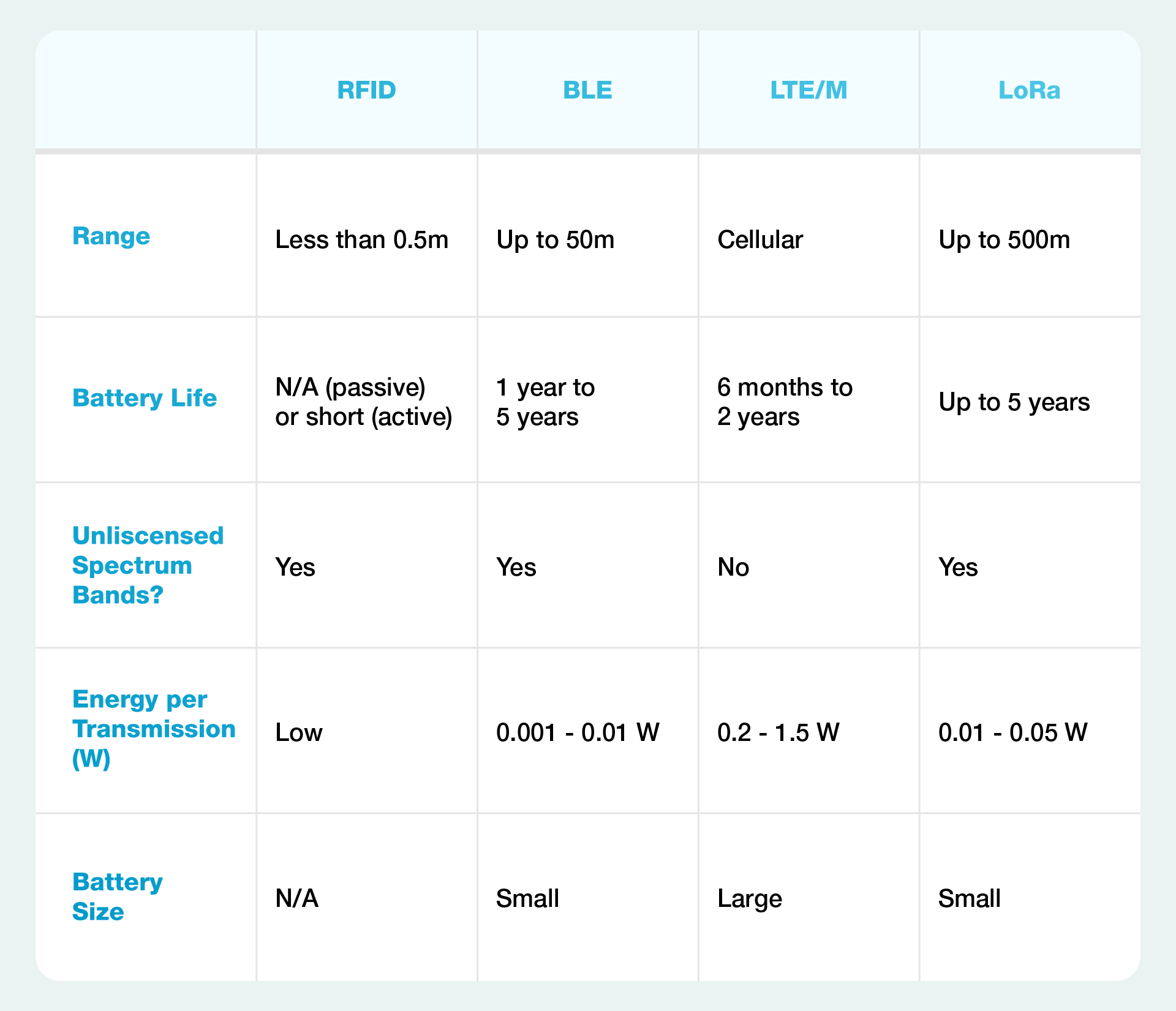Press contact
Would you like to write about SkyCell or schedule an interview? Please reach out to our Communications team for any media requests at pr@skycell.ch
May 2025
3 minute read
At any one time, 5% of ULDs are estimated to be missing, resulting in poor ULD management, increased costs, and reduced operational efficiency. Most of this arises from a lack of visibility, which is essential for managing the high volume and fast pace of airfreight operations.
This visibility gap often results from the limitations of traditional tracking technologies and a general lack of real-time location data. Without a dependable way to automatically capture and relay this information, ULDs are prone to loss, misplacement, or under-utilization, driving up both operational costs and risks.

Historically, ULD visibility was limited to tracking through manual entry points, control messages, or RFID-based systems with restricted range and data capacity. However, recent advances in logger technology have introduced long-range, energy-efficient solutions. These loggers provide real-time data, longer battery life, and better environmental monitoring—key to improving tracking reliability.
Modern loggers use low-power communication technologies to transmit data over long distances without consuming extensive battery life. Some of the most common technologies include:
Live positional tracking is essential for effective visibility, making the choice of logger technology critical. Key considerations include range, energy efficiency, battery life, and network coverage.
Range is crucial, especially in sprawling airport environments or global logistics, where ULDs may be dispersed over large areas. Without sufficient range, loggers can lose connectivity leading to blind spots that increase the risk of misplaced ULDs. This can disrupt operations, lead to delays, and require manual interventions.
Loggers on ULDs must balance battery needs with regulatory requirements. The energy needed per transmission directly impacts the battery size, which is regulated for air cargo to reduce fire risks.
As a result, low-power technologies like LoRa and BLE are favorable since they consume minimal energy and can run for years with small batteries. On the other hand, technologies like LTE-M require a large amount of energy per transmission, resulting in bulky batteries and limited lifetime, making them unsuitable for long-term tracking.
Given that ULDs are in constant use, long battery life is vital for reliable tracking and minimizing operational disruptions. Frequent battery replacements are not only impractical but can also lead to significant costs, particularly when managing thousands of ULDs in circulation. When batteries fail, ULDs go offline, creating visibility gaps and potential asset loss.
In areas with limited network connectivity (such as large warehouses, underground facilities, and airport hangars), operators may need to set up their own gateways for continuous data collection. Loggers that operate on unlicensed spectrum bands, such as BLE and LoRa, can function independently of cellular networks and are therefore easier to deploy and maintain.

LoRa technology offers a unique solution for ULD tracking, with its long-range reach, low power use, and cost efficiency. Designed for low-power IoT applications, LoRa loggers can operate for years on a single small battery, which is crucial given the impracticality of frequent replacements in airfreight. Additionally, the compact design allows the logger to be placed inside the track of a ULD pallet (e.g., PMC), where it is protected from rough cargo handling and avoids being easily broken off during forklift handling of ULDs.
With its extensive range, LoRa easily covers large, dispersed areas, like airports and warehouses, with minimal infrastructure. For example, LoRa can cover an entire airport with just 5 to 10 gateways, while BLE loggers need about 50 to 100 gateways. Operating on unlicensed spectrum bands, LoRa and BLE also avoid cellular network costs, making them scalable and cost-effective for large ULD fleets.
While subGHz frequencies have geographical restrictions that make them unsuitable for global ULD tracking, SkyCell’s ULD tracking solution uses LoRa in the 2.4 GHz frequency range. This global and unlicensed band operates similarly to BLE and Wi-Fi, supporting truly seamless tracking. To ensure comprehensive coverage — wherever your ULD is — SkyCell takes a hybrid approach to loggers that combines LoRa with BLE to maximize the strengths of both technologies.
SkyCell’s loggers are engineered for airline handling, offering best-in-class indoor and outdoor coverage with easy-to-implement hardware that ensures continuous and accurate asset monitoring. The loggers integrate without requiring any modifications to ULD structures, preserving airworthiness while ensuring hassle-free deployment. Additionally, our gateway network is rapidly expanding, now covering 200 SkyCell-equipped airports.
This means you can ensure your assets and ULDs are where they need to be, when they need to be, with full visibility over their location and status.
Would you like to write about SkyCell or schedule an interview? Please reach out to our Communications team for any media requests at pr@skycell.ch